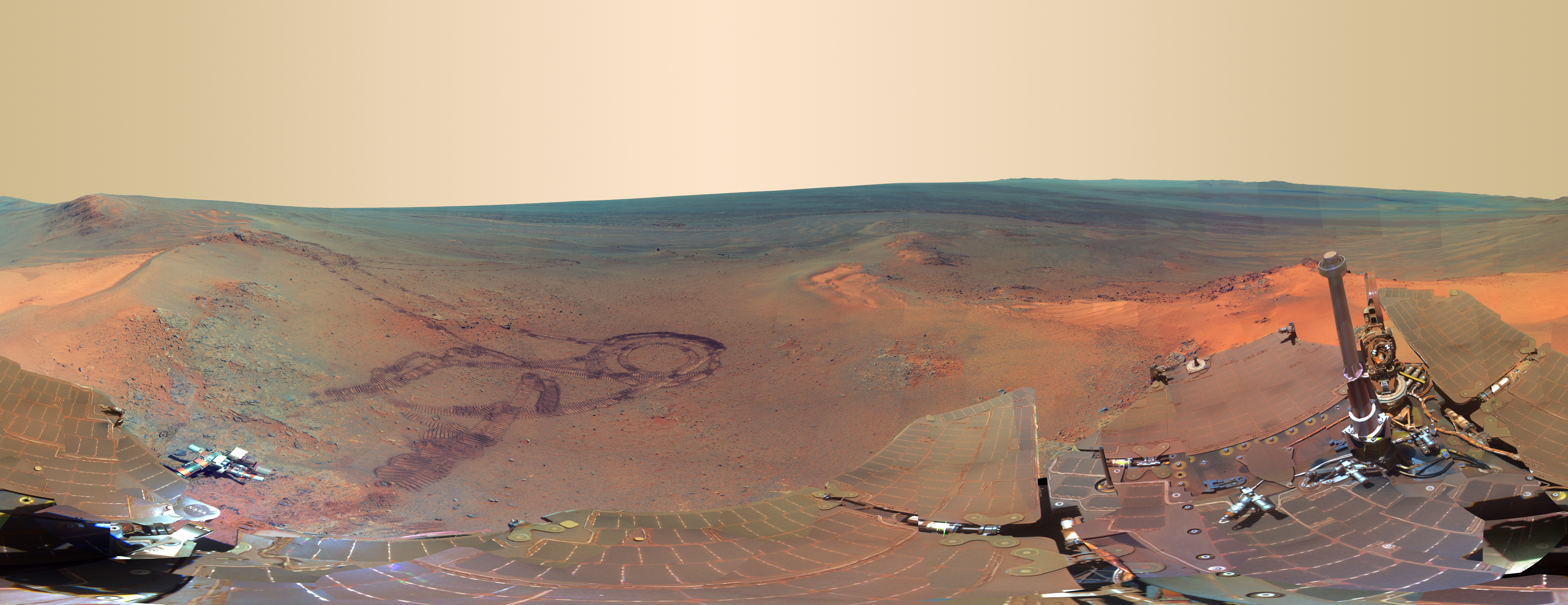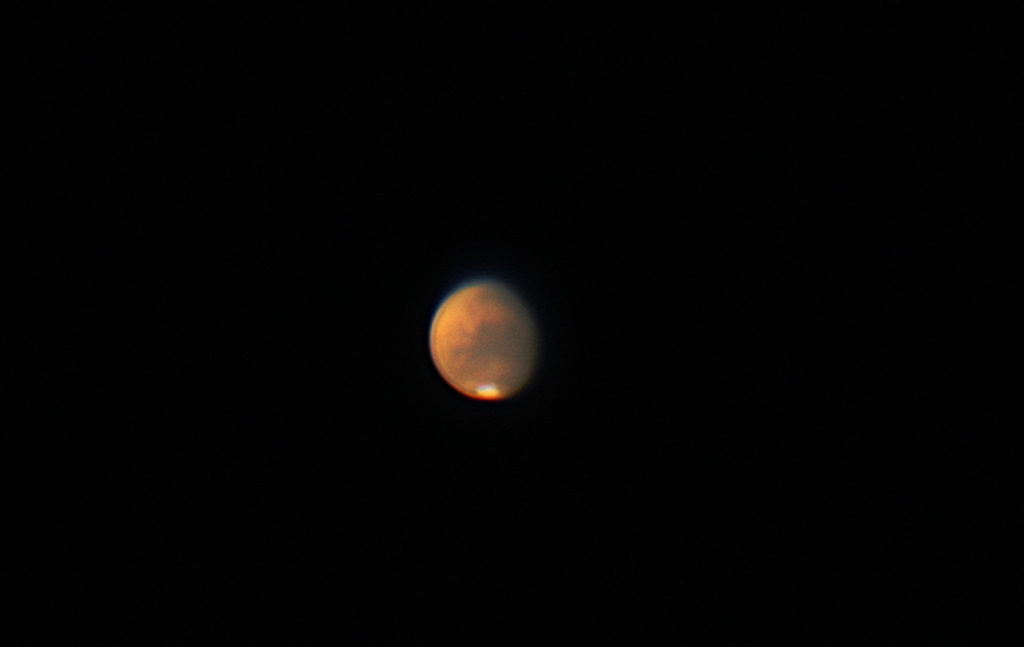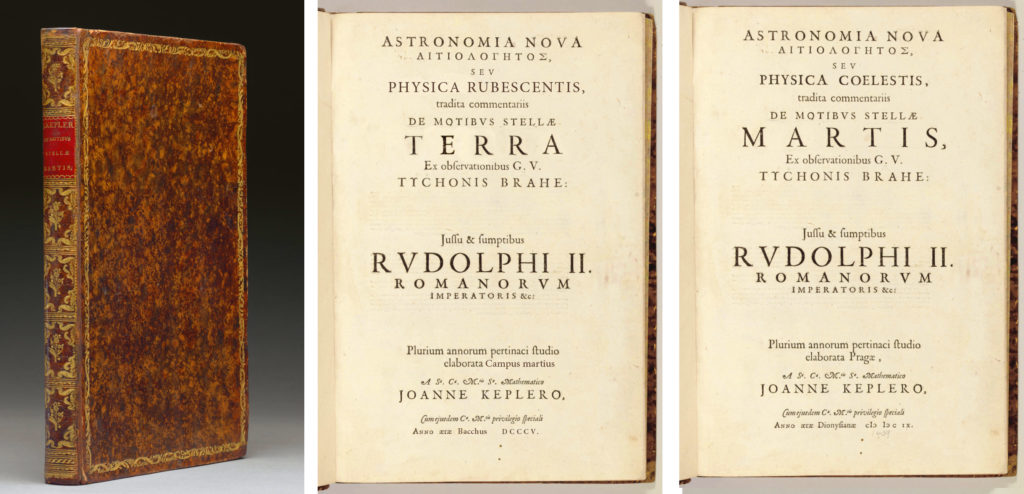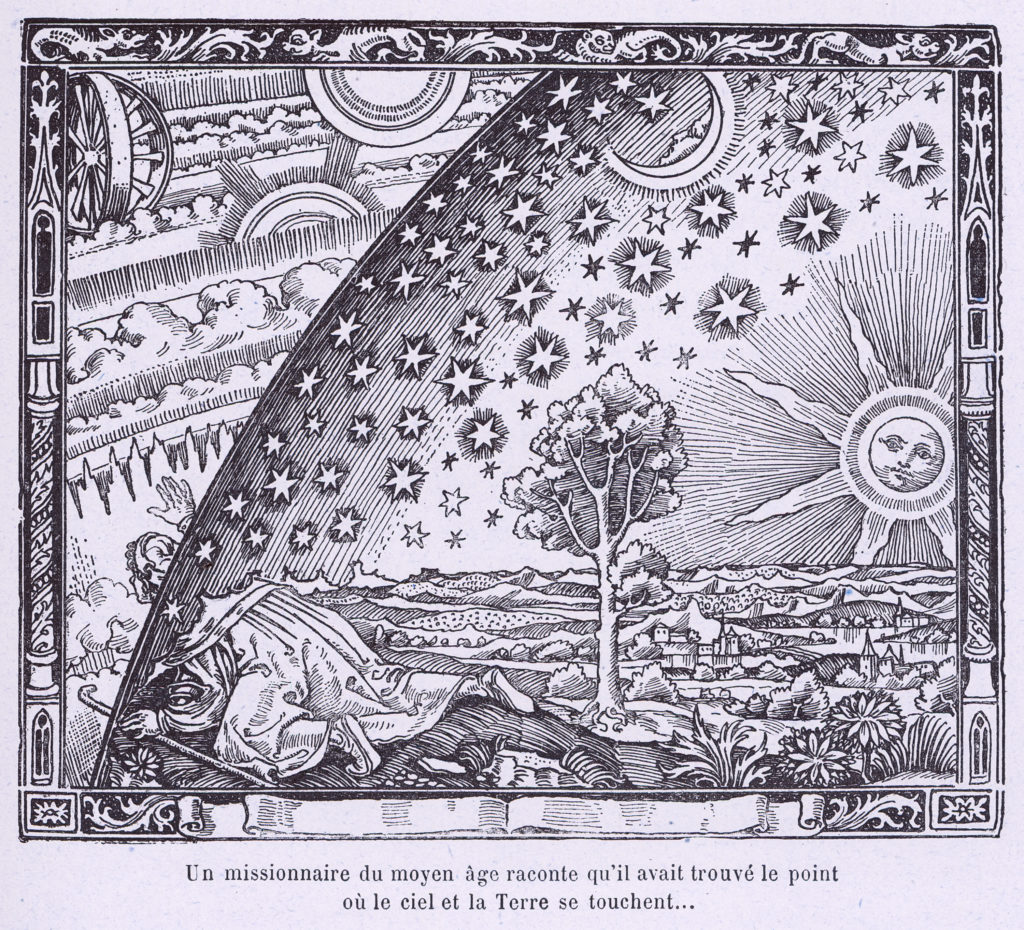Ars on Mars is an artistic journey through the human relationship with Mars.
Ars on Mars creates narratives and artworks at the Baikal Institute context. Highly qualified people from different professions contribute to the elaboration of pieces through unique research and rich dialogues. Entrepreneurs, engineers, scientists, artists and art curators constitute a full curious community sharing their creativity for the development of transdisciplinary projects in Argentina and abroad.
The human space trip to Mars will be in the very near future. Nevertheless the journey started in antiquity, since Mars’ observations in ancient Egypt or Zhou Dynasty Chinese motion records. Since then, the trip has been loaded with bags full of time; stories, cultures, myths, technologies, sciences, imagination, biases; that never ends.
As other journeys in the past, while moving to the unknown we find ourselves. Mars is an invaluable opportunity to think about ourselves from outside, reflect on our Earth and expand our awareness of our place in the cosmos.
Foreword
Today we have touched Mars. There is life on Mars, and it is us-extensions of our eyes in all directions, extensions of our mind, extensions of our heart and soul have touched Mars today. That’s the message to look for there: We are on Mars. We are the Martians!
Martian Chronicles, Ray Bradbury
Maybe you are the person who watched Neil Amstrong first set foot on the Moon on TV, or you are the generation that saw it on youtube. Maybe you still thrill when you watch it time and time again. It makes us think how humanity could accomplish something so profound leaving this planet. Setting foot on another world like the Moon, or Mars someday, is something that thousands of generations couldn’t imagine that it was on the reach. Something so dramatic that changed our conceptions and awareness.

Imagine if Ptolemy, Copernicus or Johannes Kepler would be able to give such a tremendous shift in our conception of the Universe if they were inhabitants of Mars? Would their studies and observations from Mars reach the same results or other history of astronomy would be developed?.
Think of Galileo Galilei on Mars for example. He wouldn’t need to observe and discover Jupiter’s moons by using a telescope because the moons can be observed at naked eyes from Mars due it’s much closer to Jupiter. A Martian Galileo would be familiarized with them and hence the heliocentric universe would be the most natural conception perhaps.
Mars is a planet with seasons as Earth’s because of its 25 º axial tilt (similar to 23º Earth). Winter, spring, autumn and summer are longer than Earth ones. They have different extensions ( Spring lasts 7 months; Summer goes on for 6 months; Autumn lasts a touch over 5 months, and Winter is 4 months long). Variations due to Mars orbital eccentricity around the Sun. A musician like Antonio Vivladi on Mars would compose his “Four Seasons” masterpiece but with dramatic differences. Also such a piece sounds too different because the sound waves in Mars travel ⅓ slower than Earth’s since a very less dense atmosphere composed mostly of CO2.

Having this in mind; what if we build musical instruments to sound on Mars like on Earth for a Martian transcription of Antonio Vivaldi’s Four Seasons ?. The transcription work would be separated into Six seasons instead of Four, because it’s common to consider the Aphelion and Perihelion as differentiated seasons on Mars. Or vice versa, What would a flute or an organ look like in order to sound on Earth as if it was on Mars?.
Same as the former translation spirit: What if we go deep into Kepler’s researches as if they were made on Mars and rewrite crucial pages of his famous Astronomia Nova? What do their images, observations and measurements look like?

Ars on Mars is an exploration journey through the human relationship with Mars.
Of course, the very human space trip to Mars will be in the near future. Nevertheless, one can say the journey started in antiquity, since Mars’ observations in ancient Egypt or Zhou Dynasty Chinese motion records. Since then, the trip has been loaded with bags full of time; stories, cultures, myths, technologies, sciences, imagination, biases; that never ends.
As other journeys in the past, while moving to the unknown we find ourselves. Mars is an invaluable opportunity to think about ourselves from outside, reflect on our Earth and expand our awareness of our place in the cosmos.
For the Russian-Ukrainian Soviet biogeochemist Vladimir Vernadsky (1863 – 1945); who also coined the term biosphere), the noosphere is the third of a succession of phases of development of the Earth, after the geosphere (inanimate matter) and the biosphere (biological life). Noosphere would be the emergence of human cognition and described as the planetary “sphere of reason”. Following this wonderful idea, Ars on Mars can be conceived as a kind of “noospheric journey” allowing us to expand our collective experience, knowledge, and sensibility.

Camille Flammarion. An illustration that appeared in L’Atmosphère: Météorologie Populaire (Paris, 1888) on page 163 and used on many occasions to represent the discovery of astronomy by man.
We create narratives and artworks in our community context. Highly qualified people from different professions contribute to the elaboration of unique research and rich dialogues. Entrepreneurs, engineers, scientists, artists, constitute an extremely curious community sharing their creativity for the development of transdisciplinary projects in Argentina and abroad, where real and virtual emerge in form for a new reality to experience.
It’s a community that moves through the knowledge and stories of the past; engages with the fascinating planetary knowledge of the present and envisions a future Martian humanity.
We invite you to be part of this context.
